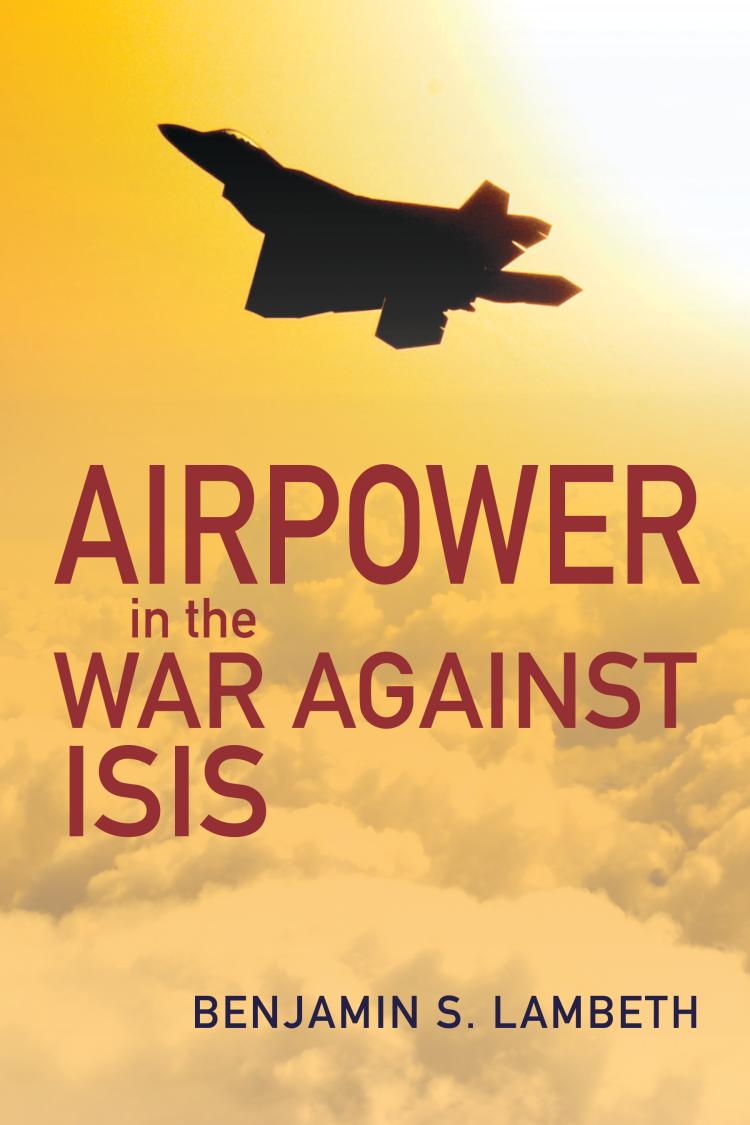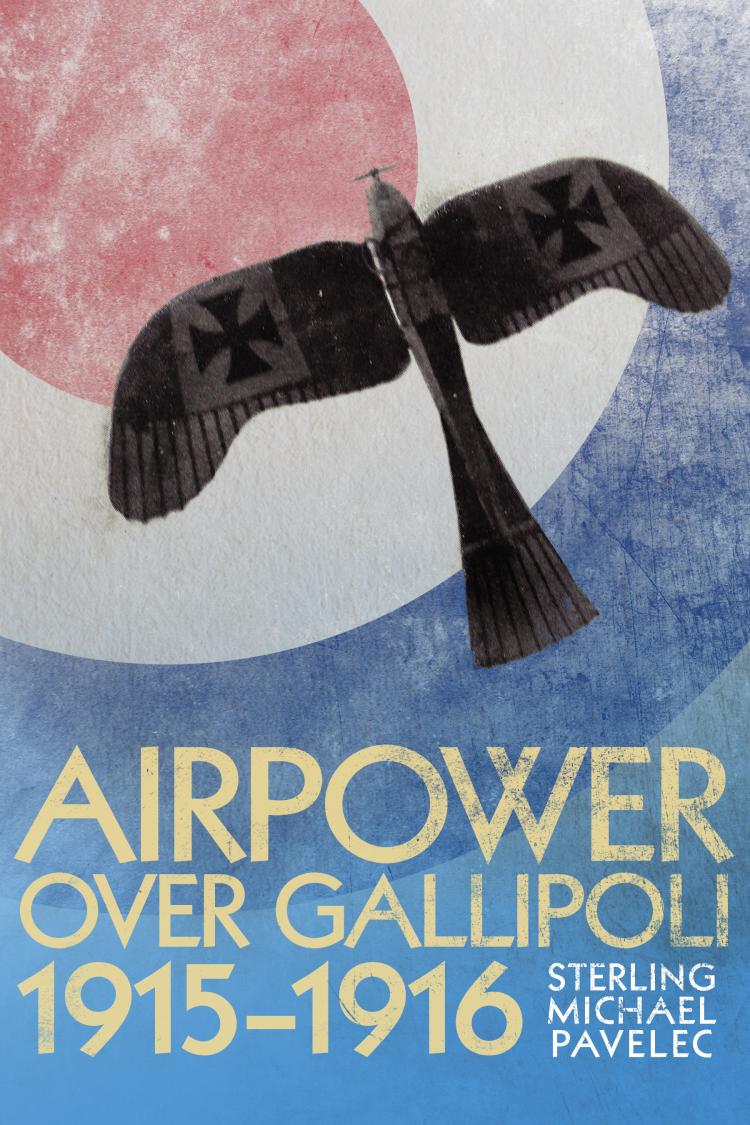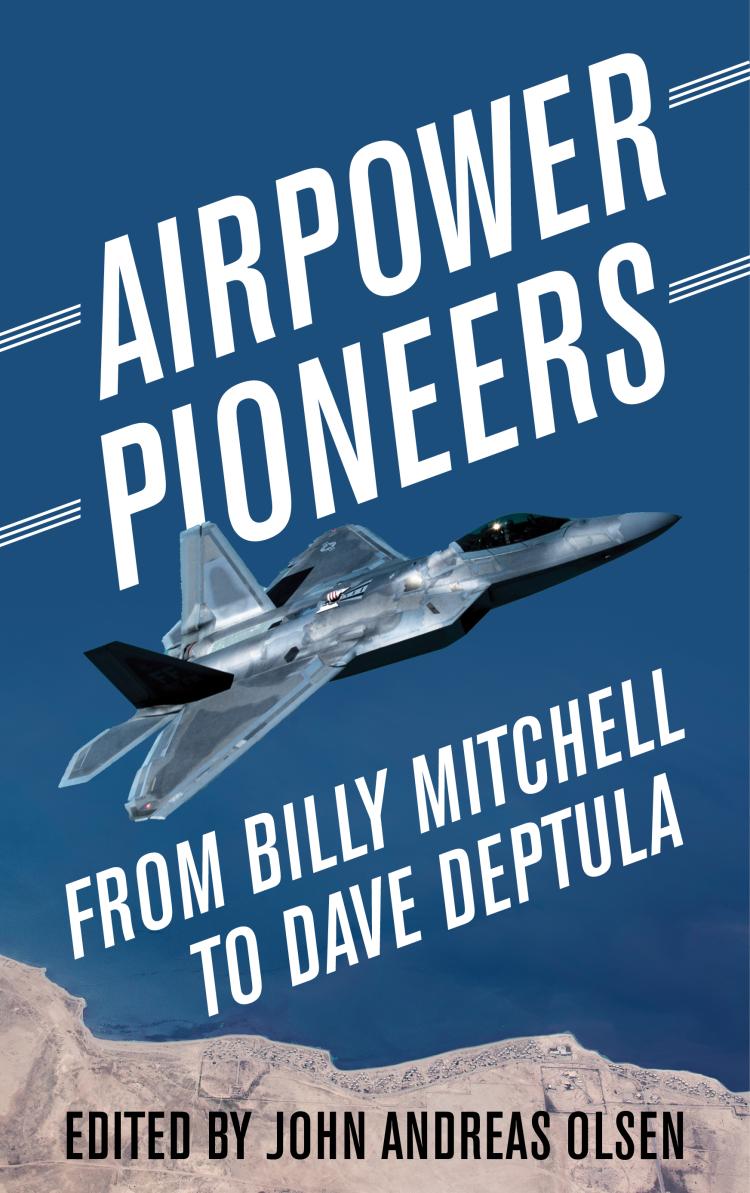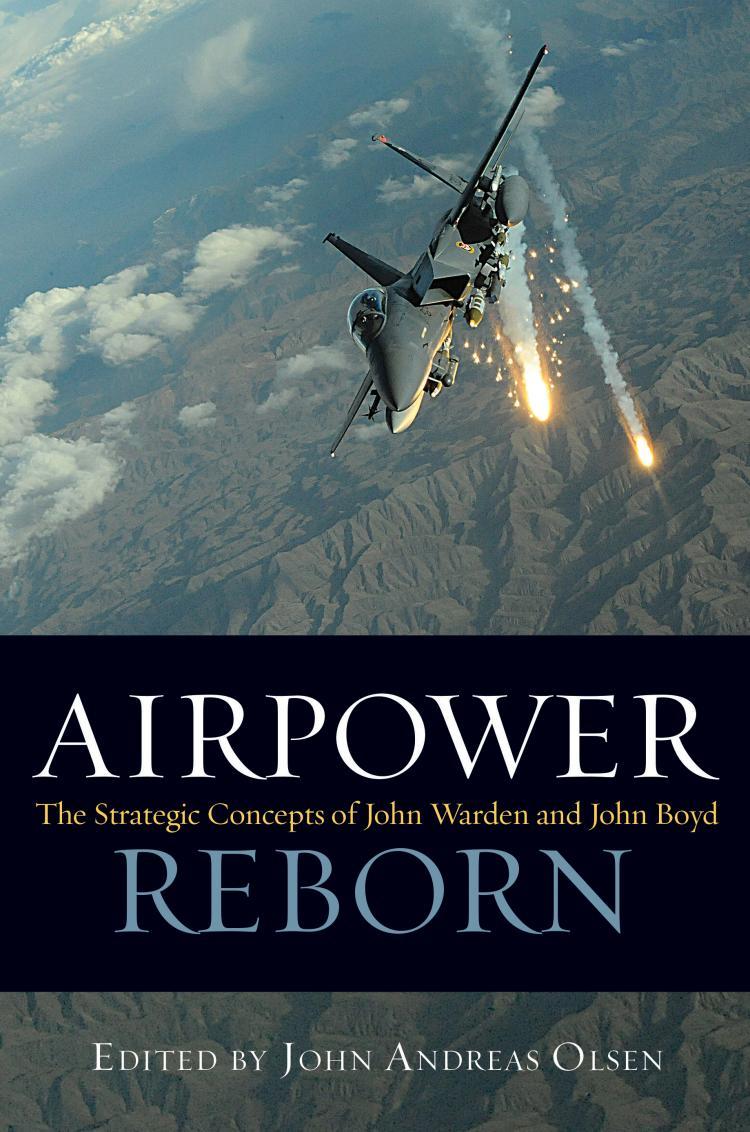The Origins of American Strategic Bombing Theory
- Subject: Aviation & Space | World War II | World War I | Military Aviation History YouTube Channel - Reading List
- Format:
Hardcover
- Pages:
272pages
- Published:
October 15, 2017
- ISBN-10:
1682472523
- ISBN-13:
9781682472521
- Product Dimensions:
9 × 6 × 1 in
- Product Weight:
12 oz
Overview
In the minds of forward thinking aerial theorists the new technology of the airplane removed the limitations of geography, defenses, and operational reach that had restricted ground and naval forces since the dawn of human conflict. With aviation, a nation could avoid costly traditional military campaigns and attack the industrial heart of an enemy using long-range bombers. Yet, the acceptance of strategic bombing doctrine proved a hard-fought process. This is not the story of any one person or event; instead, it is a twisting tale of individual efforts, organizational infighting, political priorities, and technological integration. By tracing the complex interrelationships of these four causal factors, this book provides a greater understanding of the origins and rise to dominance of American strategic bombing theory.
About the Author
Editorial Reviews
"Recommended as a concise study into the development of American bombing theory for the general reader." —Aeropsace
"This book is a well-researched, well-written description and assessment of how America's strategic bombing theory was developed and implemented.... For the reader who wants a comprehensive analysis of the subject, Morris' book would be an excellent addition to the bookshelf." —The Free Library
"All students and researchers of strategic bombing should at the very least be aware of this important study. Simply put, this is the best book we have on the subject of the development of the American Strategic bombing theory." —The Journal of Military History
"The Origins of American Strategic Bombing Theory is clear and well-sourced and can be easily approached by anyone with no depth of knowledge of the central subject matter. This reader found it to be enjoyable and informative, providing a good account of early strategic bombing theory and American air power development. While being a self-contained work, it is likely to whet the reader's appetite for reading works covering related subject matters." —From Balloons to Drones
"Craig Morris has looked beyond the accepted narrative of the beginnings of the U.S. Air Forces love affair with strategic bombing to provide a well-balanced, thoughtful analysis that led the Air Corps (predecessor to the U.S. Air Force) to advocate the development and offensive use of the long-range heavy bomber. It is an important work that accurately documents the origins and development of American strategic bombing theory." —Thomas Wildenberg, author of Striking the Hornets' Nest: Naval Aviation and the Origins of Strategic Bombing in World War I
"In this concise and analytical study, Craig Morris reveals the social, economic, political, and technological elements that coalesced into the reality of strategic bombing during the interwar years. Neither foreordained nor inevitable, this transformation in air warfare was more contingent and iterative than previous historians have articulated. Morris's book is essential reading for everyone interested in the history of air power." —William F. Trimble, author of Hero of the Air: Glenn Curtiss and the Birth of Naval Aviation
“A valuable contribution to a crowded field, Craig Morris’s ably researched and well-written book builds on the work of major scholars, notably Tami Davis Biddle, Mark Clodfelter, Stephen McFarland, and John Buckley, to argue that American strategic bombing doctrine stemmed from an interaction among airpower theory, aircraft technology, organizational dynamics, and political forces.” —Technology & Culture
"Recommended as a concise study into the development of American bombing theory for the general reader." —Aerospace










